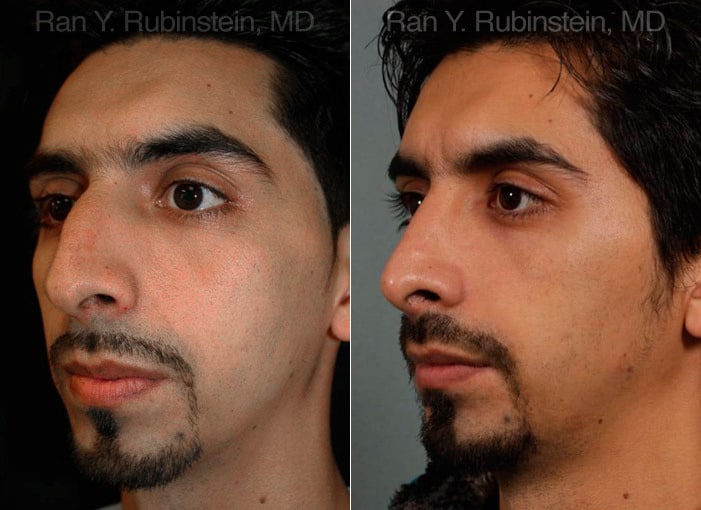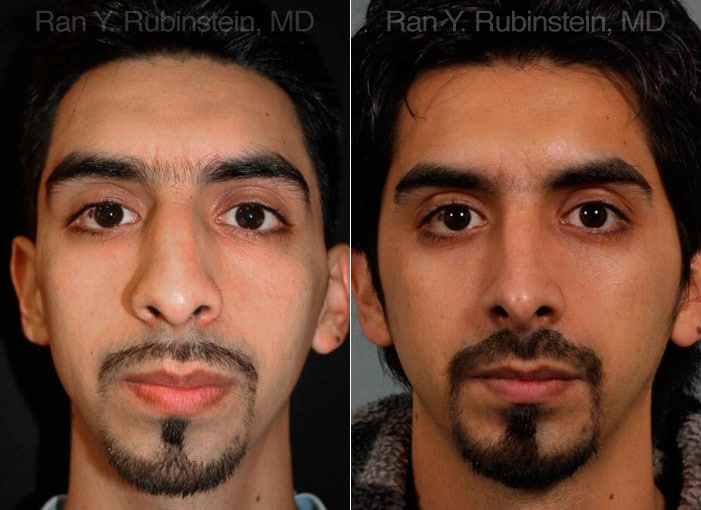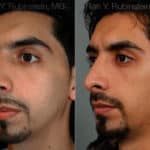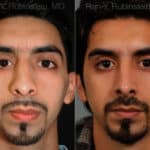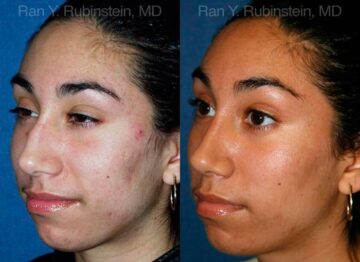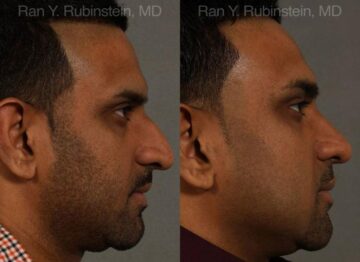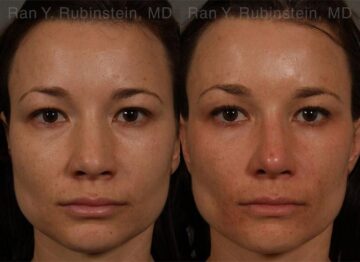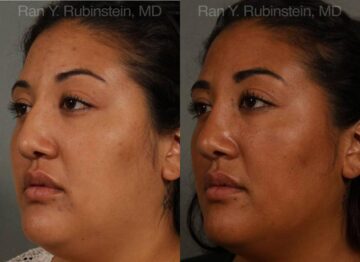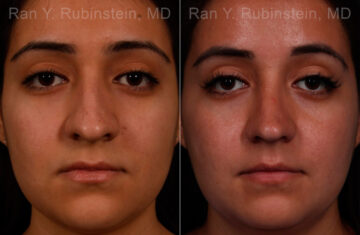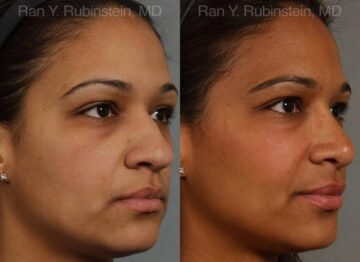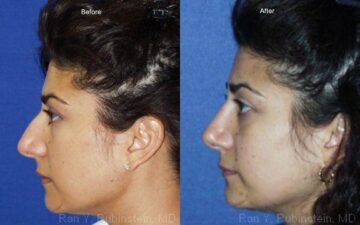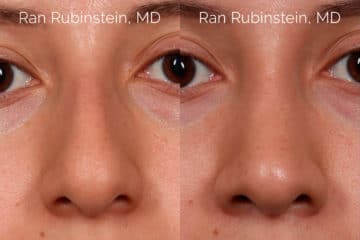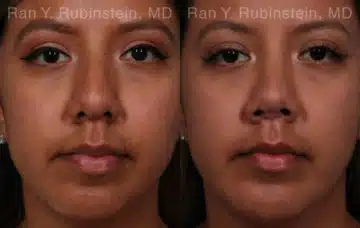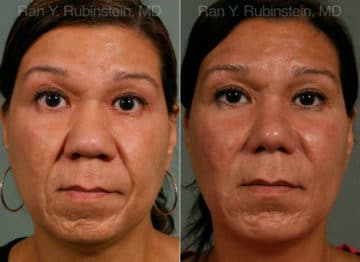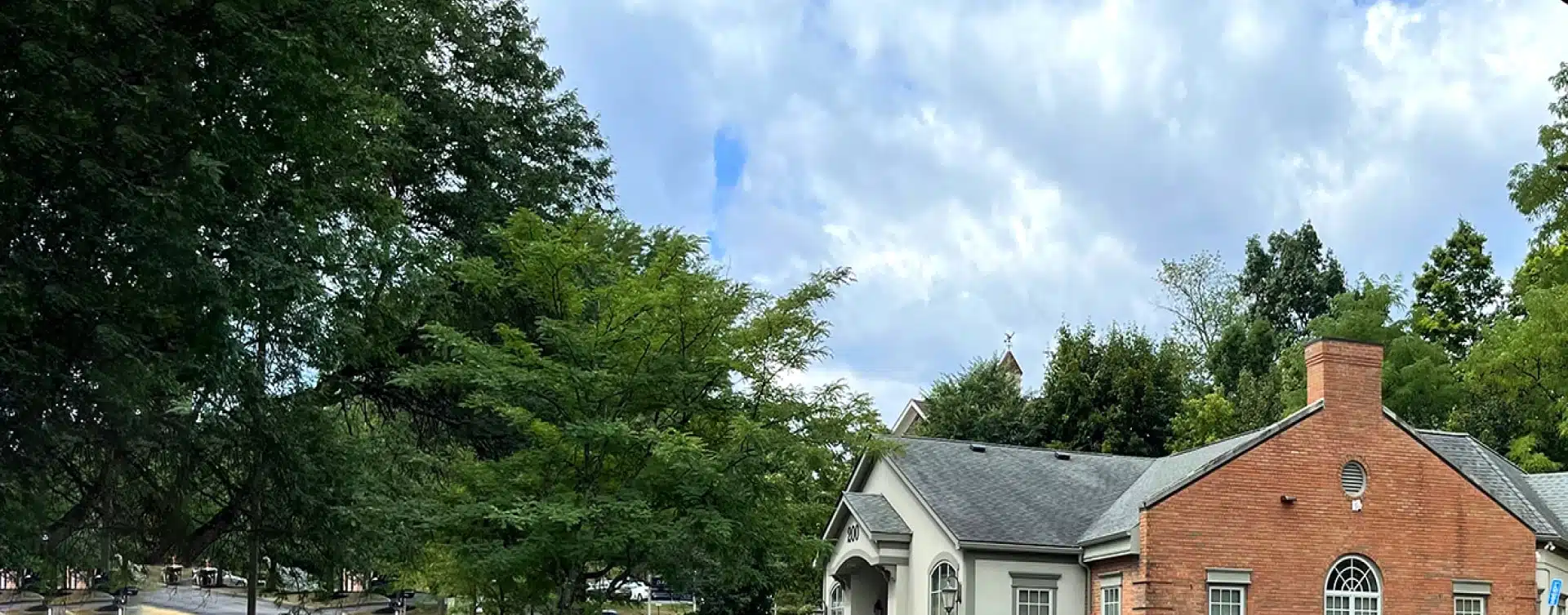Patient Info
Before: 27 year old male, Spanish background, who was very self conscious about the way his nose looked due to a large bump on the bridge of his nose as well as the width of his nose being disproportionately wide relative to his oval shaped face. He also was unable to breath out of his nose due to a deviated septum.
After: One year after closed rhinoplasty. Note more proportioned width of his nose with increased nasal tip and bridge refinement on the front view. On the oblique view, he has a more balanced nasal bridge after hump reduction. Any time such a large hump (bump) is reduced, there is a possibility for airway collapse due to pinching of the nose. To counteract this, spreader grafts (cartilage grafts from his septum) were used to maintain structural support to his nose giving him long lasting results- not just short term. This supportive maneuver, spreader grafts, as prevention of airway collapse, is often not performed in rhinoplasty, which can lead to what is called an “inverted-V deformity” where the bridge of the nose collapses inward years later as a result of hump (bump) reduction. So when patients tell me, “just take down my bump”, I explain to them that what may seem to be a simple surgery in reality is much more complicated as one has to think long term when it comes to nose surgery results.
Surgeon
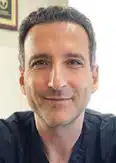
- Ran Rubinstein, MD
- Physician
- View profile page
Location
- United States, NJ, Montvale, 160 Summit Ave Suite 201, 07645
- 201-391-1135
- View location page
- United States, NY, Newburgh, 200 Stony Brook Ct, 12550
- 845-863-1772
- View location page
